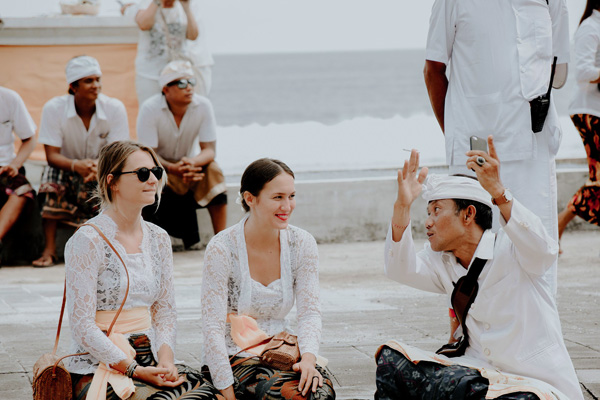Explore the spiritual heart of Bali through its ancient temples, each with unique architecture, history, and significance.
Discover Bali's most significant temples, from cliffside sea temples to the mother temple on the slopes of Mount Agung.
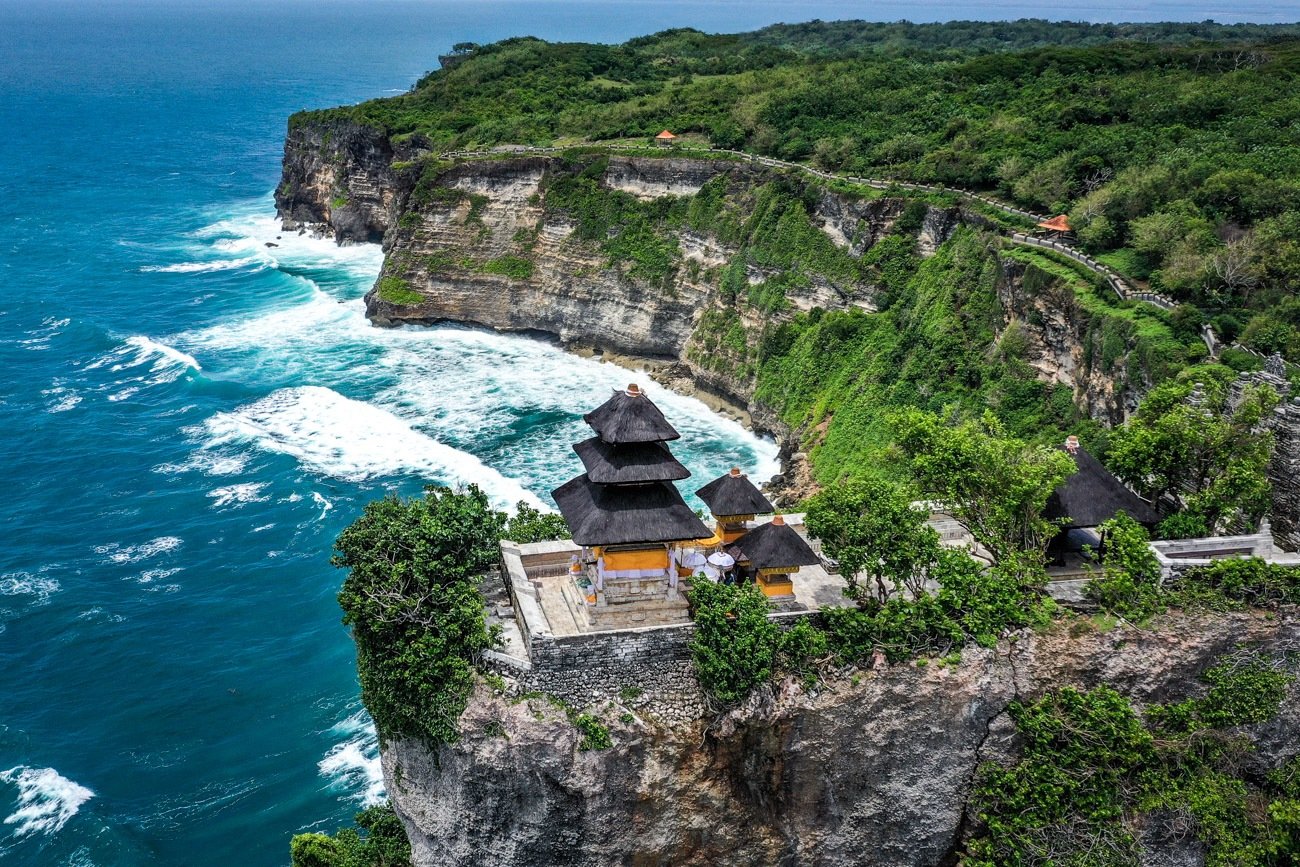
Significance: One of Bali's six key temples, protecting the island from evil spirits of the sea.

Perhaps Bali's most photographed temple, Tanah Lot sits on a large offshore rock surrounded by the sea. During high tide, the temple appears to be floating, creating a magical sight especially at sunset.
Significance: Important sea temple dedicated to the guardian spirits of the sea.
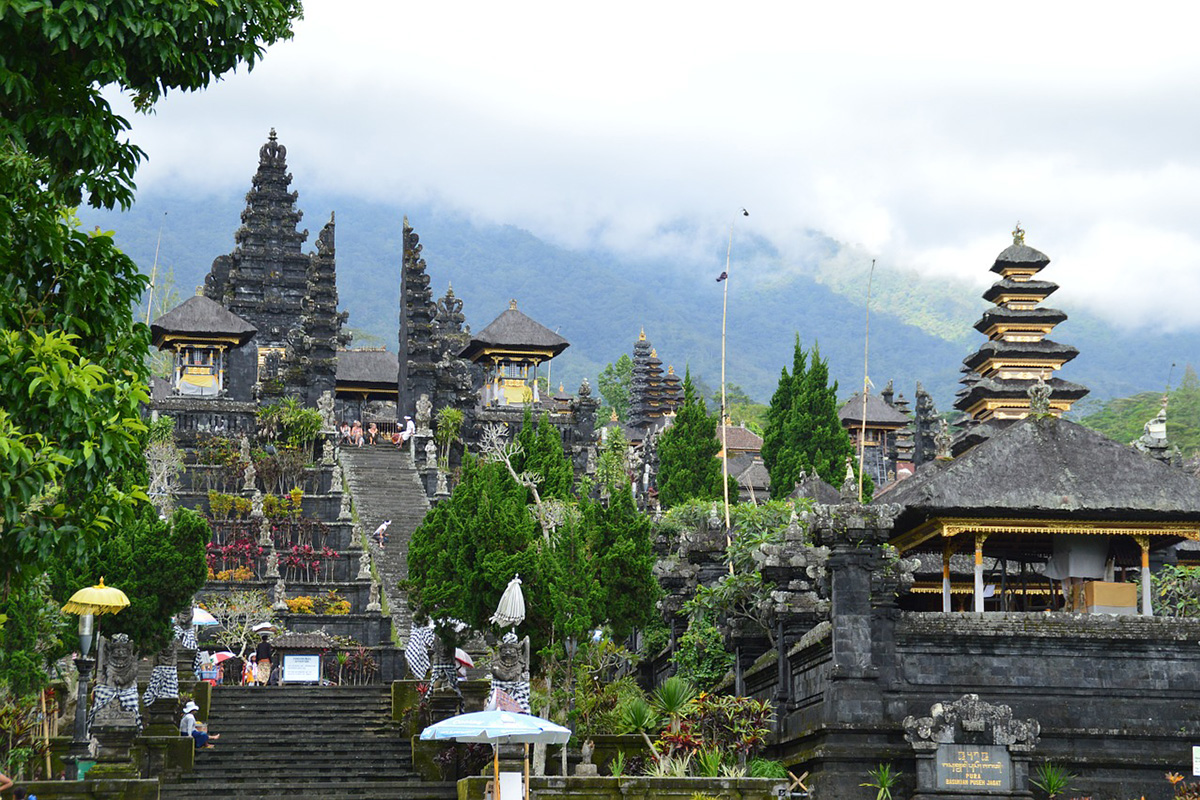
Known as the Mother Temple of Bali, Besakih is the largest, holiest, and most important Hindu temple on the island. Located on the slopes of Mount Agung, it consists of at least 86 individual temples.
Significance: The most important temple in Bali, serving as the main temple of the Hindu religion in Bali.
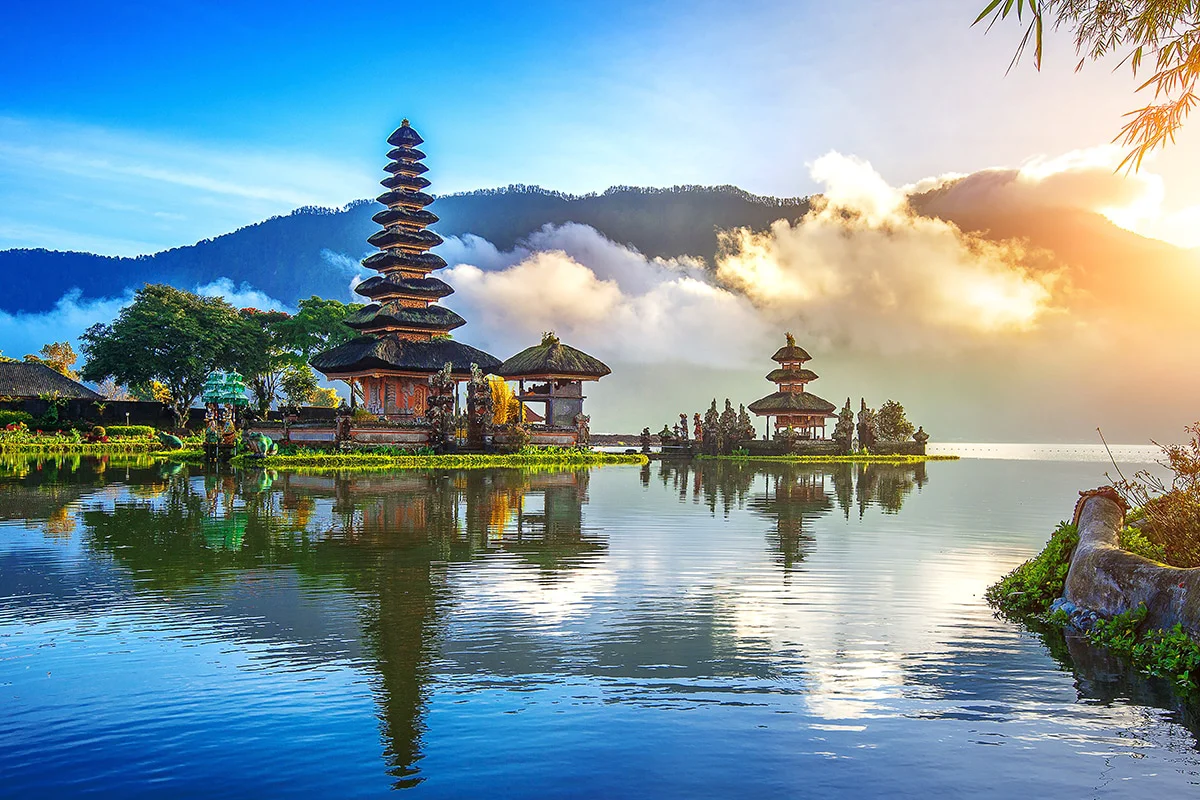
Picturesque water temple on the shores of Lake Beratan, surrounded by mountains. The temple appears to float on the water when the lake level rises, creating one of Bali's most iconic photographic opportunities.
Significance: Dedicated to Dewi Danu, goddess of the lake, who is believed to ensure fertility and prosperity.
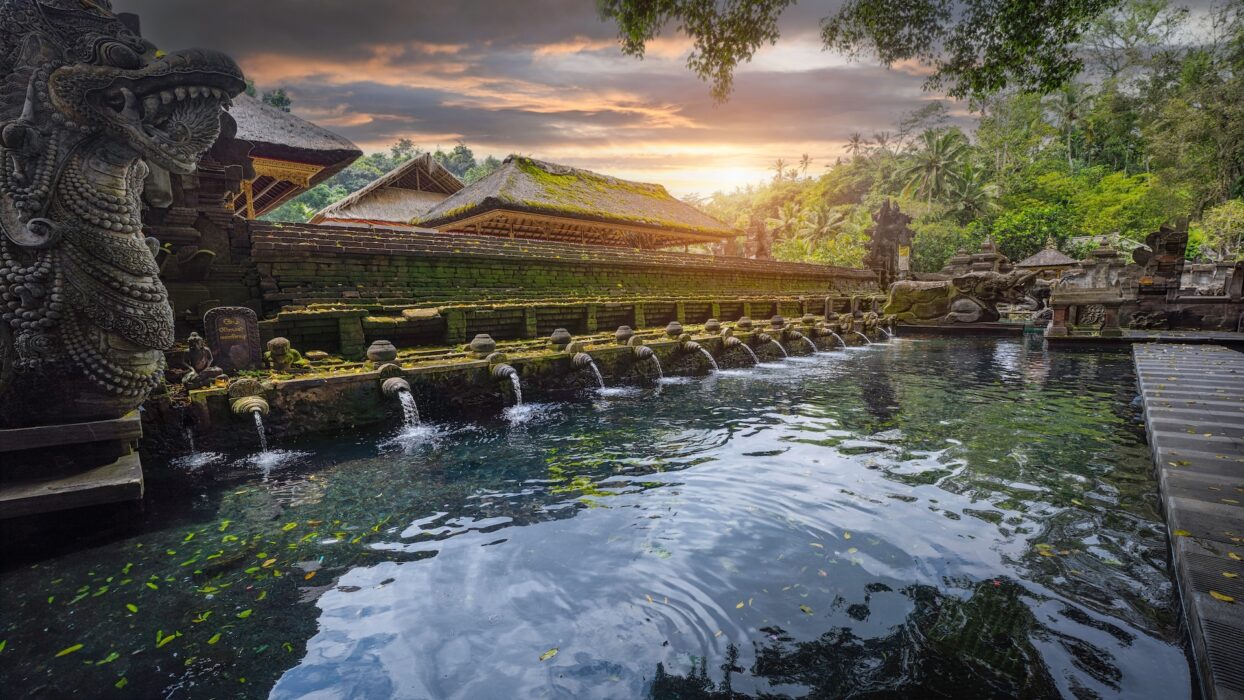
Holy water temple where Balinese Hindus go for ritual purification. Visitors can observe or participate in the purification ritual by bathing in the sacred spring waters that flow into a series of pools.
Significance: Holy water temple used for purification rituals by Balinese Hindus.
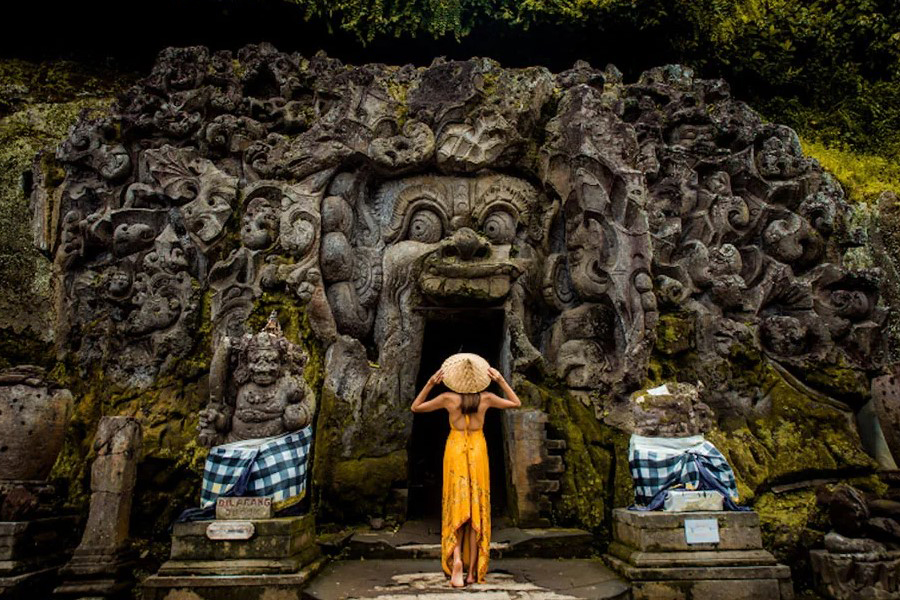
Archaeological site with a meditation cave dating back to the 11th century. The entrance features menacing carvings of various mythical creatures, and inside is a statue of Ganesha.
Significance: Ancient meditation cave with historical and spiritual importance.
When visiting temples in Bali, it's important to respect local customs and traditions.
